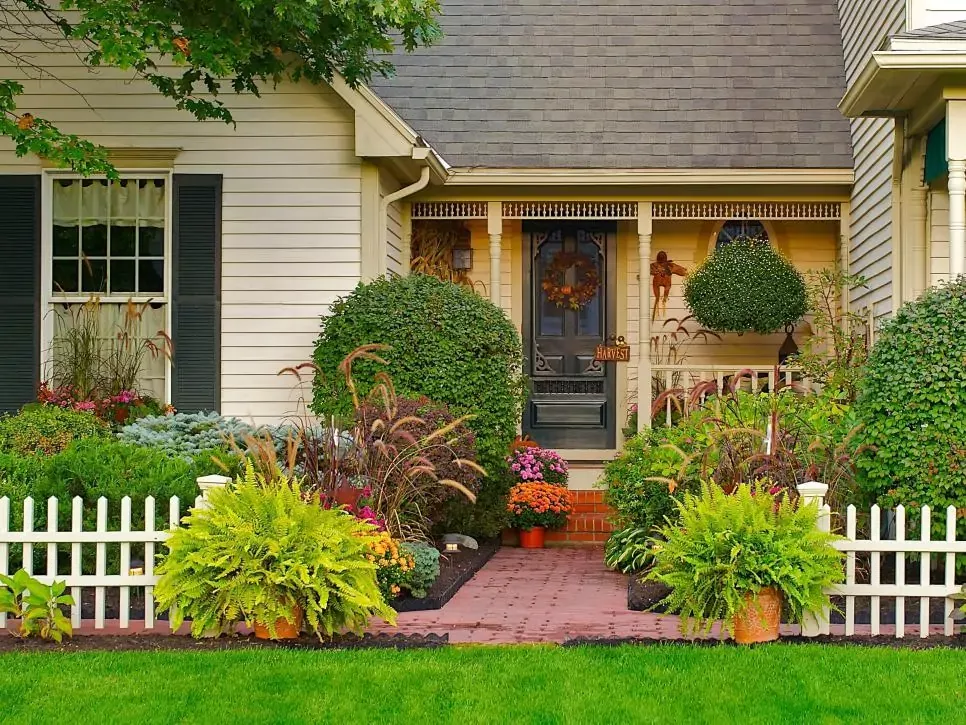Garden design is a harmonious blend of art and science, transforming outdoor spaces into captivating and functional retreats. Whether you have a sprawling estate or a cozy urban balcony, the principles of garden design can help you create an oasis of beauty and serenity. In this article, we'll explore the art of garden design and how it can elevate the aesthetics and functionality of your outdoor area.
Understanding the Basics
Before delving into garden design, it's essential to grasp the fundamental principles that govern the process:
-
Site Analysis: A thorough assessment of your garden's location, soil quality, climate, and available sunlight is the first step. Understanding these factors will guide your design decisions.
-
Functionality: Define how you intend to use your outdoor space. Will it serve as a peaceful retreat, an entertainment area, or a playground for children and pets?
-
Style and Theme: Choose a design style that resonates with your tastes. Options range from formal, contemporary, and traditional to naturalistic, cottage-style, and minimalist.
-
Plant Selection: Selecting the right plants is crucial. Consider factors like growth habits, colors, textures, and maintenance requirements.
-
Hardscaping Elements: Integrating elements like paths, patios, pergolas, and water features adds structure and functionality to your garden.
-
Proportion and Scale: Maintaining balance and harmony in your design ensures that all elements fit seamlessly together.
Designing for Beauty and Functionality
Garden design allows you to craft outdoor spaces that are not only visually stunning but also practical and sustainable. Here are some design principles to consider:
-
Balance: Achieve equilibrium by distributing elements evenly throughout your garden. This creates a sense of order and harmony.
-
Unity: Establish a cohesive theme or design language that ties the entire garden together. Repeating colors, shapes, or materials can create a unified look.
-
Variety: Incorporate a diverse selection of plants, textures, and colors to add interest and depth to your garden.
-
Focal Points: Create focal points with eye-catching features like sculptures, specimen plants, or water features that draw attention and create visual interest.
-
Seasonal Interest: Plan for year-round beauty by selecting plants that bloom or display vibrant foliage during different seasons.
-
Sustainability: Consider eco-friendly practices such as xeriscaping, rainwater harvesting, and using native plants to conserve resources and support local wildlife.
Seeking Professional Guidance
While many homeowners embark on garden design as a DIY project, enlisting the help of a professional landscape designer or architect can take your outdoor space to the next level. These experts bring knowledge of local conditions, design trends, and horticultural expertise to your project, ensuring a successful outcome.
Follow for more: تنسيق حدائق الدمام
Conclusion
Garden design is a rewarding endeavor that transforms outdoor spaces into living works of art. By understanding the principles of garden design and blending aesthetics with functionality, you can create a garden that reflects your personality and provides a sanctuary for relaxation and enjoyment. Whether you have a green thumb or are new to gardening, the journey of designing and nurturing your outdoor space is a fulfilling one.


No comments yet